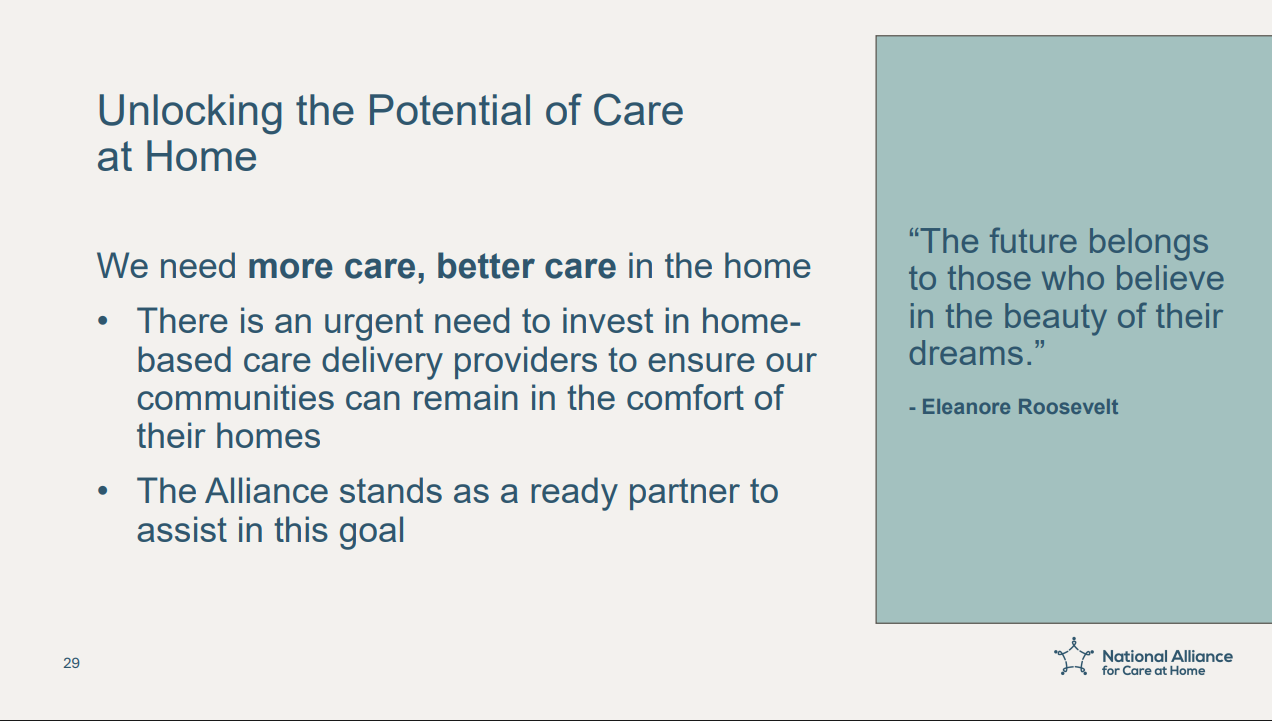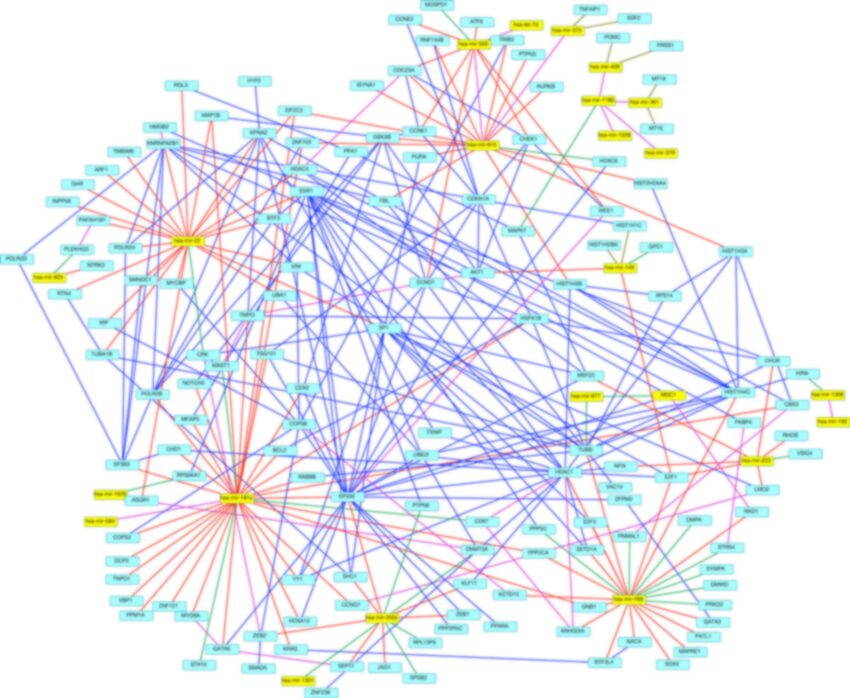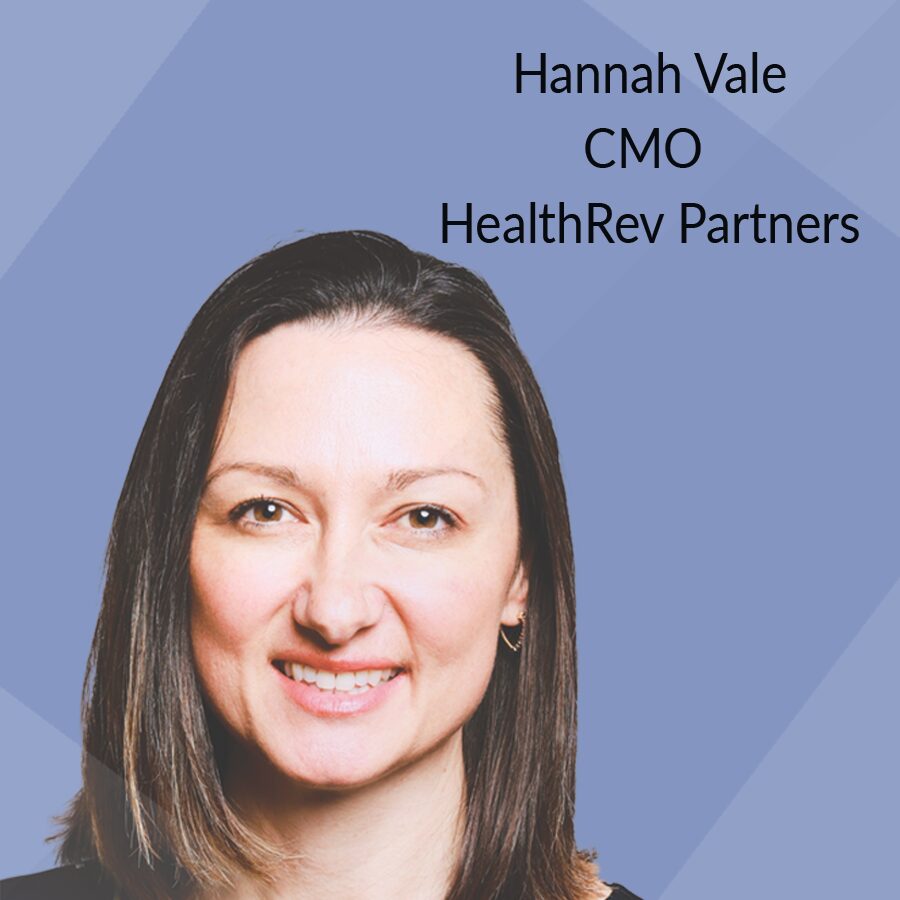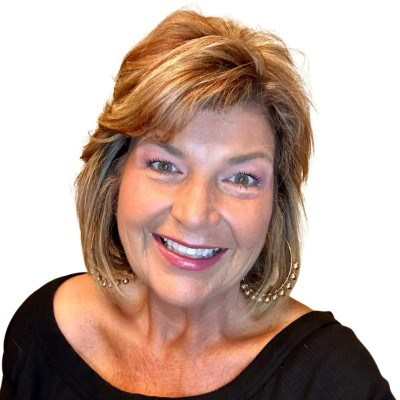Vision for CMS
by Kristin Rowan, Editor
Vision for CMS from Dr. Oz
Last week, Dr. Mehmet Oz issued a statement on his vision for the future of CMS. Dr. Mehmet Oz is a cardiothoracic surgeon and former host of his own TV show. Under the Department of Health and Human Services, CMS has a $1.7 trillion budget and oversees the health outcomes of more than 160 million people.
“I want to thank President Trump and Secretary Kennedy for their confidence in my ability to lead CMS in achieving their vision to Make America Healthy Again. Great societies protect their most vulnerable. As stewards of the health of so many Americans – especially disadvantaged youth, those with disabilities, and our seniors, the CMS team is dedicated to delivering superior health outcomes across each program we administer. America is too great for small dreams, and I’m ready to get work on the President’s agenda.”
Make America Healthy Again
With HHS Secretary Kennedy, Oz is throwing his support behind Make America Healthy Again, under direction from President Trump. Senator Kennedy says that, under the leadership of Dr. Oz, CMS will work to modernize Medicare, the Marketplaces, and Medicaid. The goal is to get Americans the care they want, need, and deserve. The agenda includes:
- Empowering the American People with personalized solutions with which they can better manage their health and navigate the complex health care system. As a first step, CMS will implement the President’s Executive Order on Transparency to give Americans the information they need about costs.
- Equipping health care providers with better information about the patients they serve and holding them accountable for health outcomes, rather than unnecessary paperwork that distracts them from their mission. For example, CMS will work to streamline access to life-saving treatments.
- Identifying and eliminating fraud, waste, and abuse to stop unscrupulous people who are stealing from vulnerable patients and taxpayers.
- Shifting the paradigm for health care from a system that focuses on sick care to one that fosters prevention, wellness, and chronic disease management. For example, CMS operates many programs that can be used to focus on improving holistic health outcomes.
Letter to Medicaid
Following the vision statement, Dr. Oz released a letter to state Medicaid Agencies outlining the use of Medicaid dollars during his tenure as Administrator. The two-page letter, citing recent studies on gender dysphoria, directed Medicaid agencies to eliminate gender reassignment surgery from covered procedures, opting instead for psychotherapy. Hormonal interventions will be reserved for exceptional cases.
“My top priority is protecting children and upholding the law. Medicaid dollars are not to be used for gender reassignment surgeries or hormone treatments in minors – procedures that can cause permanent, irreversible harm, including sterilization. We have a duty to ensure medical care is lawful, necessary, and truly in the best interest of patients. CMS will not support services that violate this standard or place vulnerable children at risk.”
Read the full letter here.
Final Thoughts
We believe this will be the first of many changes made to Medicare and Medicaid rules under Dr. Oz. We will continue to share updates from the CMS newsdesk.
# # #


Kristin Rowan has been working at The Rowan Report since 2008. She is the owner and Editor-in-chief of The Rowan Report, the industry’s most trusted source for care at home news, and speaker on Artificial Intelligence and Lone Worker Safety and state and national conferences.
She also runs Girard Marketing Group, a multi-faceted boutique marketing firm specializing in content creation, social media management, and event marketing. Connect with Kristin directly kristin@girardmarketinggroup.com or www.girardmarketinggroup.com
©2025 by The Rowan Report, Peoria, AZ. All rights reserved. This article originally appeared in The Rowan Report. One copy may be printed for personal use: further reproduction by permission only. editor@therowanreport.com















